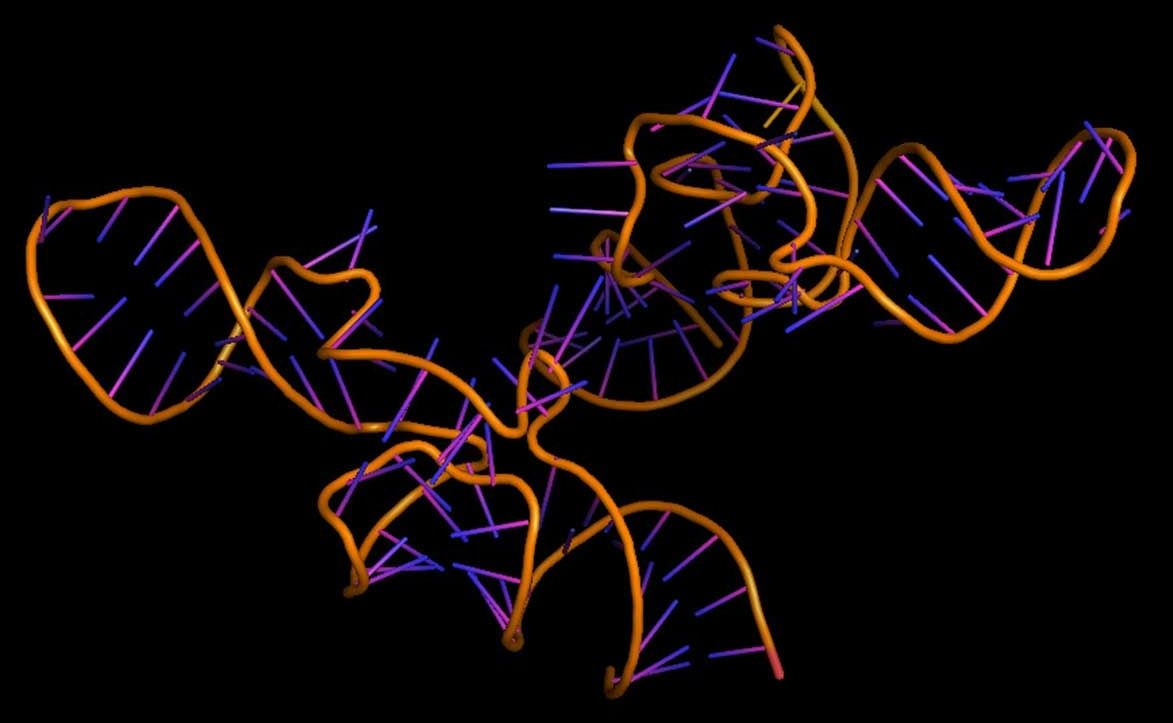The writer is referring to D-Wave (not Dwave) in his article.
Dwave Systems and 1QB Information Technologies Inc. (1QBit), a quantum software firm, and financial industry experts today announced the launch of Quantum for Quants (quantumforquants.org), an online community designed specifically for quantitative analysts and other experts focused on complex problems in finance. Launched at the Global Derivatives Trading and Risk Management conference in Budapest, the online community will allow quantitative finance and quantum computing professionals to share ideas and insights regarding quantum technology and to explore its application to the finance industry. Through this community financial industry experts will also be granted access to quantum computing software tools, simulators, and other resources and expertise to explore the best ways to tackle the most difficult computational problems in finance using entirely new techniques.
“Quantum computers enable us to use the laws of physics to solve intractable mathematical problems,” said Marcos López de Prado, Senior Managing Director at Guggenheim Partners and a Research Fellow at Lawrence Berkeley National Laboratory’s Computational Research Division. “This is the beginning of a new era, and it will change the job of the mathematician and computer scientist in the years to come.”









